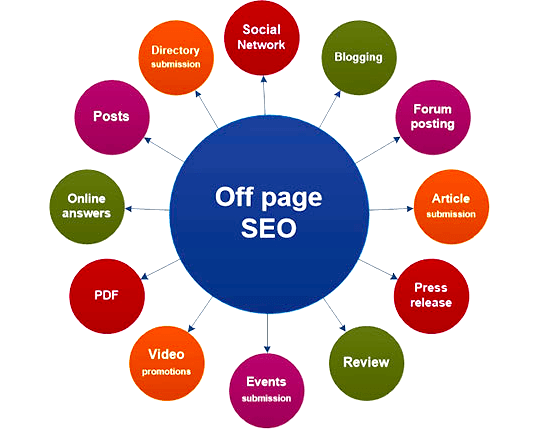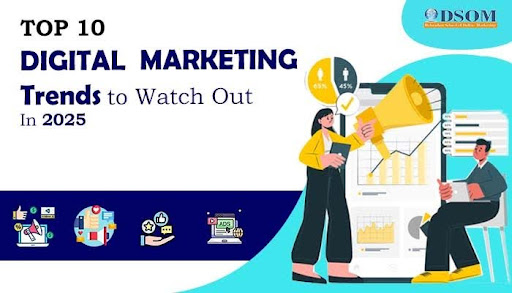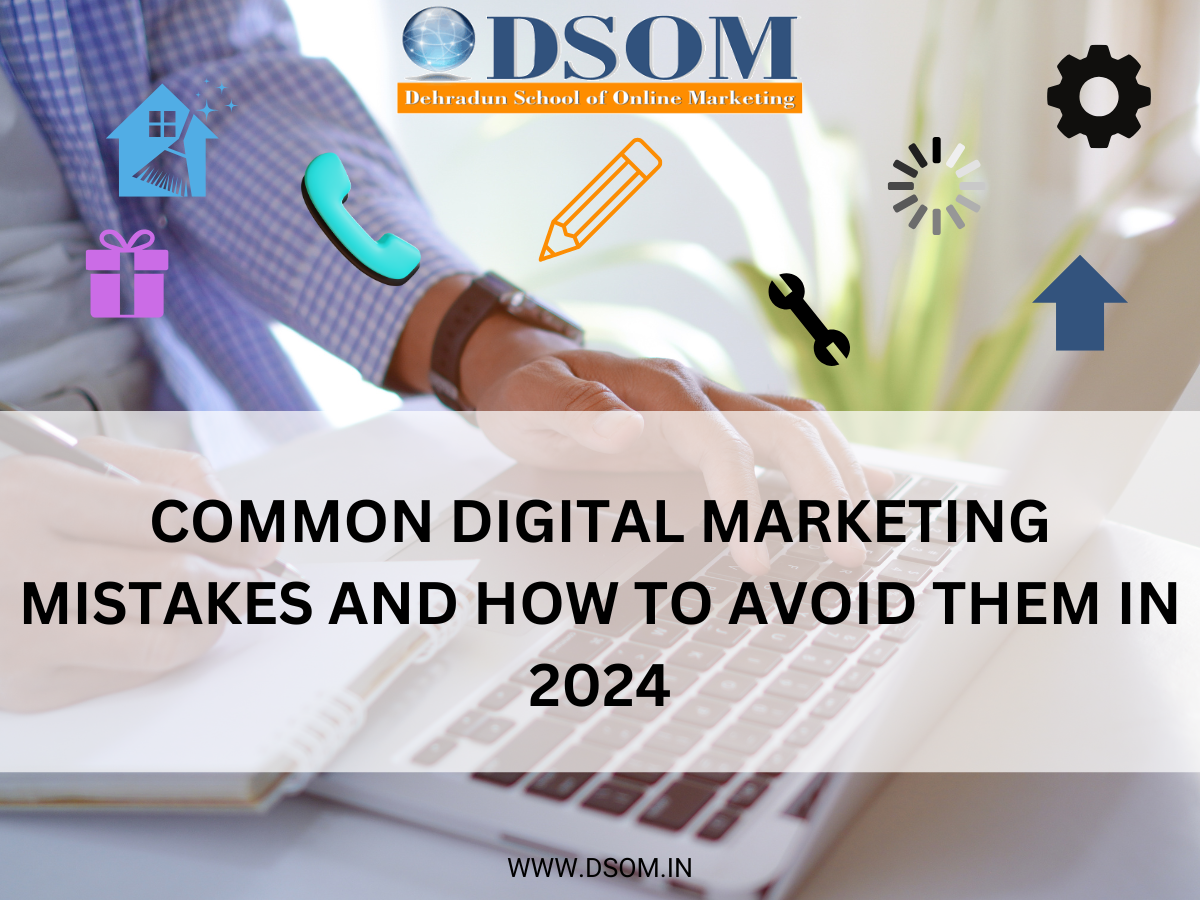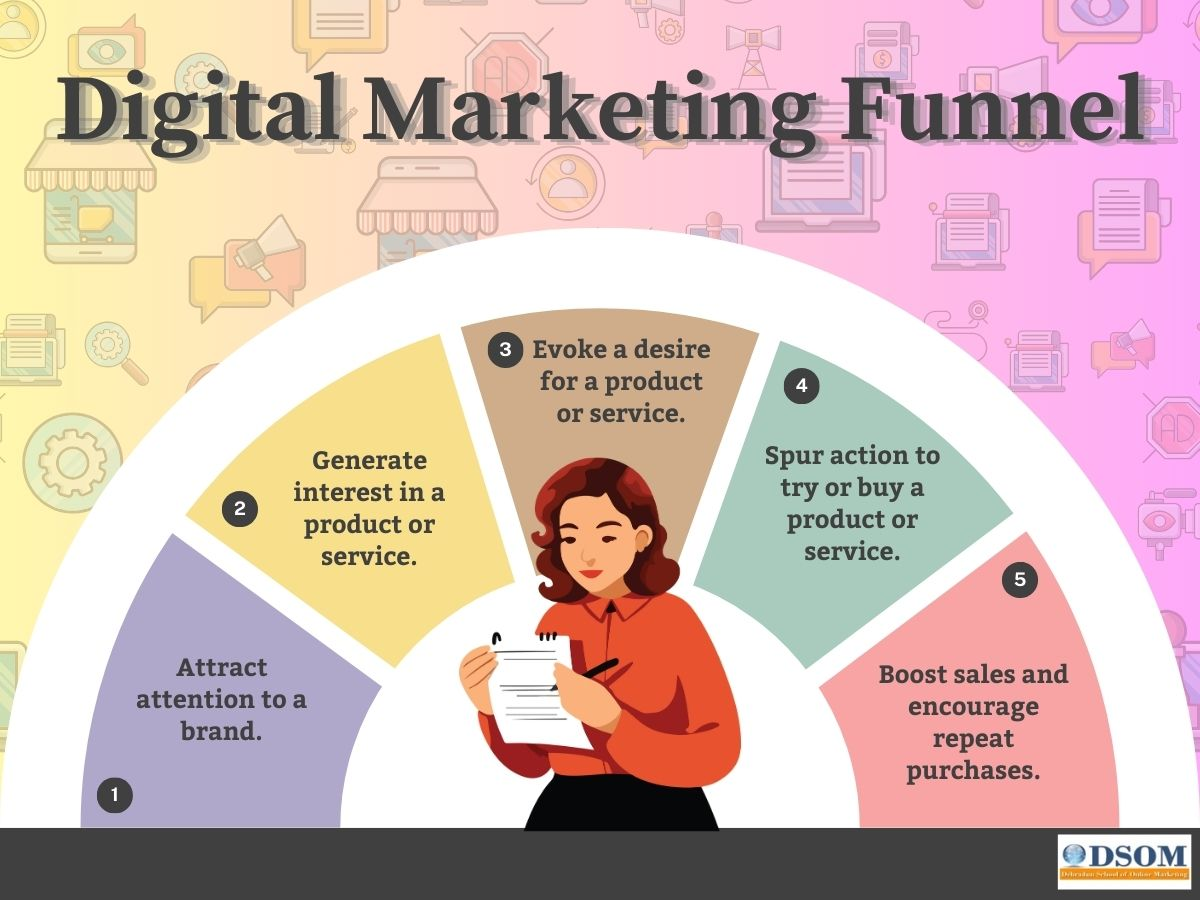In the digital era, having a website is essential for any business or individual looking to establish an online presence. However, merely having a website isn't enough; you need to ensure that it ranks well on search engine results pages (SERPs) to attract organic traffic and potential customers. Ranking your website on top requires a combination of strategic planning, optimization techniques, and consistent effort. In this comprehensive guide, we'll delve into various strategies and best practices to help you rank your website effectively.
Understanding Search Engine Optimization (SEO)
Search Engine Optimization (SEO) is the process of enhancing your website's visibility on search engines like Google, Bing, and Yahoo. By optimizing various elements of your website, you can improve its chances of ranking higher on SERPs for relevant keywords. SEO can be broadly categorized into on-page and off-page optimization.
On-Page Optimization
On-page optimization involves optimizing elements directly on your website. Here are some key factors to consider:

-
Keyword Research: Conduct thorough keyword research to identify the terms and phrases your target audience is searching for. Use tools like Google Keyword Planner, SEMrush, or Ahrefs to discover relevant keywords with high search volumes and low competition.
-
Quality Content: Create high-quality, relevant, and engaging content that addresses the needs and interests of your target audience. Incorporate your target keywords naturally within the content while ensuring readability and coherence.
-
Meta Tags Optimization: Optimize title tags, meta descriptions, and heading tags (H1, H2, etc.) to include your target keywords. These elements provide search engines with information about your website's content and help improve click-through rates (CTR) on SERPs.
-
Optimized URLs: Ensure that your URLs are concise, descriptive, and contain relevant keywords. Avoid long, convoluted URLs that are difficult for both users and search engines to understand.
-
Mobile Optimization: With the increasing use of mobile devices, optimizing your website for mobile is crucial. Ensure responsive design, fast loading times, and easy navigation across all devices.
Off-Page Optimization
Off-page optimization involves improving your website's authority, relevance, and popularity across the web. Here's how you can do it:

-
Link Building: Acquire high-quality backlinks from authoritative websites in your industry. Focus on earning natural backlinks through guest blogging, content promotion, influencer outreach, and participation in relevant online communities.
-
Social Media Presence: Build a strong presence on social media platforms relevant to your target audience. Share your content, engage with your followers, and encourage social sharing to increase visibility and drive traffic to your website.
-
Online Reputation Management: Monitor and manage your online reputation by responding to reviews, addressing customer feedback, and maintaining a positive brand image. A good reputation not only improves user trust but also positively impacts search engine rankings.
-
Local SEO: If you have a physical location or serve specific geographic areas, optimize your website for local search. Claim your Google My Business listing, ensure NAP (Name, Address, Phone Number) consistency across online directories, and solicit positive reviews from satisfied customers.
Technical SEO
Technical SEO focuses on optimizing the technical aspects of your website to improve its crawlability, indexability, and overall performance. Key technical SEO practices include:

-
Site Structure: Ensure a clear and logical site structure with easily navigable internal links. Use XML sitemaps to help search engines discover and index your website's pages effectively.
-
Page Speed Optimization: Improve your website's loading speed by optimizing images, minimizing server response times, leveraging browser caching, and employing content delivery networks (CDNs).
-
Schema Markup: Implement schema markup to provide search engines with structured data about your website's content. This can enhance your listings on SERPs and improve visibility for specific types of content, such as events, recipes, or products.
-
HTTPS Security: Secure your website with HTTPS encryption to protect user data and gain a ranking boost from Google, which prioritizes secure websites in search results.
Continuous Monitoring and Optimization
SEO is an ongoing process that requires constant monitoring, analysis, and optimization. Regularly track your website's performance using tools like Google Analytics, Google Search Console, and other SEO software. Monitor keyword rankings, organic traffic, backlink profiles, and user engagement metrics to identify areas for improvement and adjust your strategies accordingly.
Conclusion
Ranking your website on top of search engine results requires a multifaceted approach that encompasses on-page optimization, off-page optimization, technical SEO, and continuous monitoring and optimization. By implementing the strategies outlined in this guide and staying abreast of the latest SEO trends and best practices, you can improve your website's visibility, attract more organic traffic, and ultimately achieve your business objectives in the competitive online landscape.
 How to Turn Your Photos into Ghibli-Style Art with ChatGPT for Free
How to Turn Your Photos into Ghibli-Style Art with ChatGPT for Free Top 10 AI Tools for Plagiarism-Free Content Writing: Boost Your SEO & Digital Marketing Efforts
Top 10 AI Tools for Plagiarism-Free Content Writing: Boost Your SEO & Digital Marketing Efforts The Rise of Graphic Designing in 2025: A Career Guide.
The Rise of Graphic Designing in 2025: A Career Guide. The Rise of Video Editing: A Crucial Skill in 2025
The Rise of Video Editing: A Crucial Skill in 2025 Top 10 Digital Marketing trends in 2025
Top 10 Digital Marketing trends in 2025 Common Mistakes in Digital Marketing and How to Avoid Them 2025
Common Mistakes in Digital Marketing and How to Avoid Them 2025 The Future of Digital Advertising: What You Need to Know
The Future of Digital Advertising: What You Need to Know Social Media Marketing in 2024: Strategies for Maximum Engagement
Social Media Marketing in 2024: Strategies for Maximum Engagement Building a Successful Digital Marketing Funnel: A Step-by-Step Guide
Building a Successful Digital Marketing Funnel: A Step-by-Step Guide 5 ways to make money from home using AI (Artificial-Intelligence) in 2024
5 ways to make money from home using AI (Artificial-Intelligence) in 2024